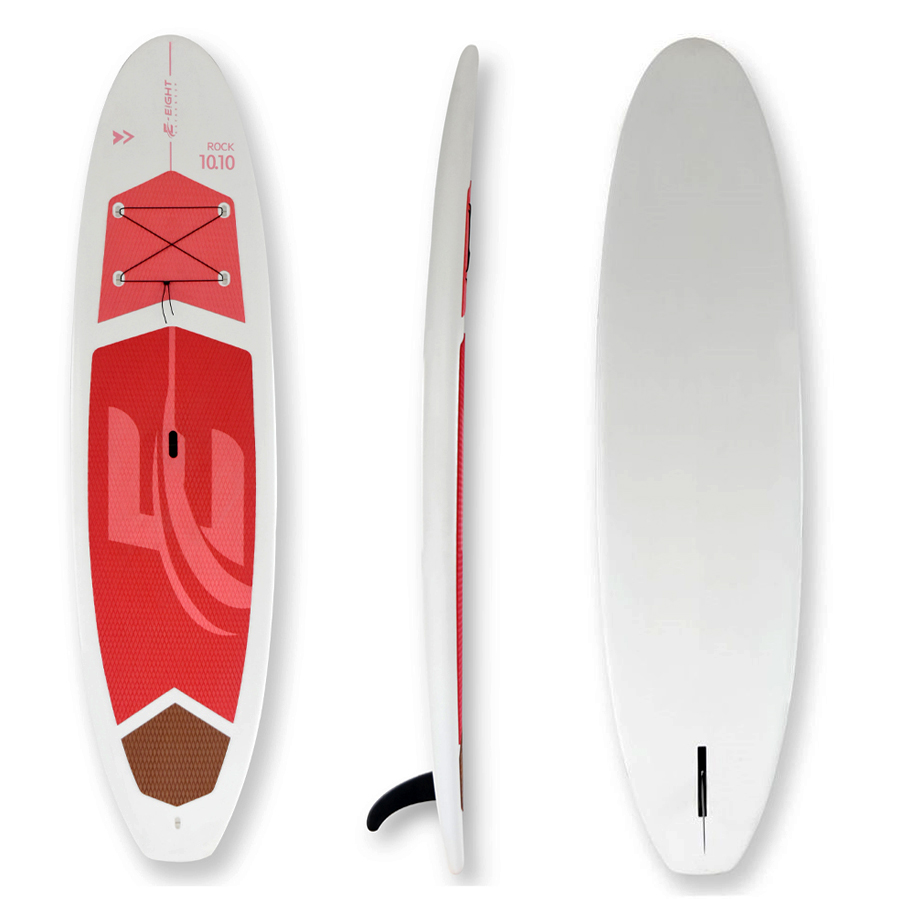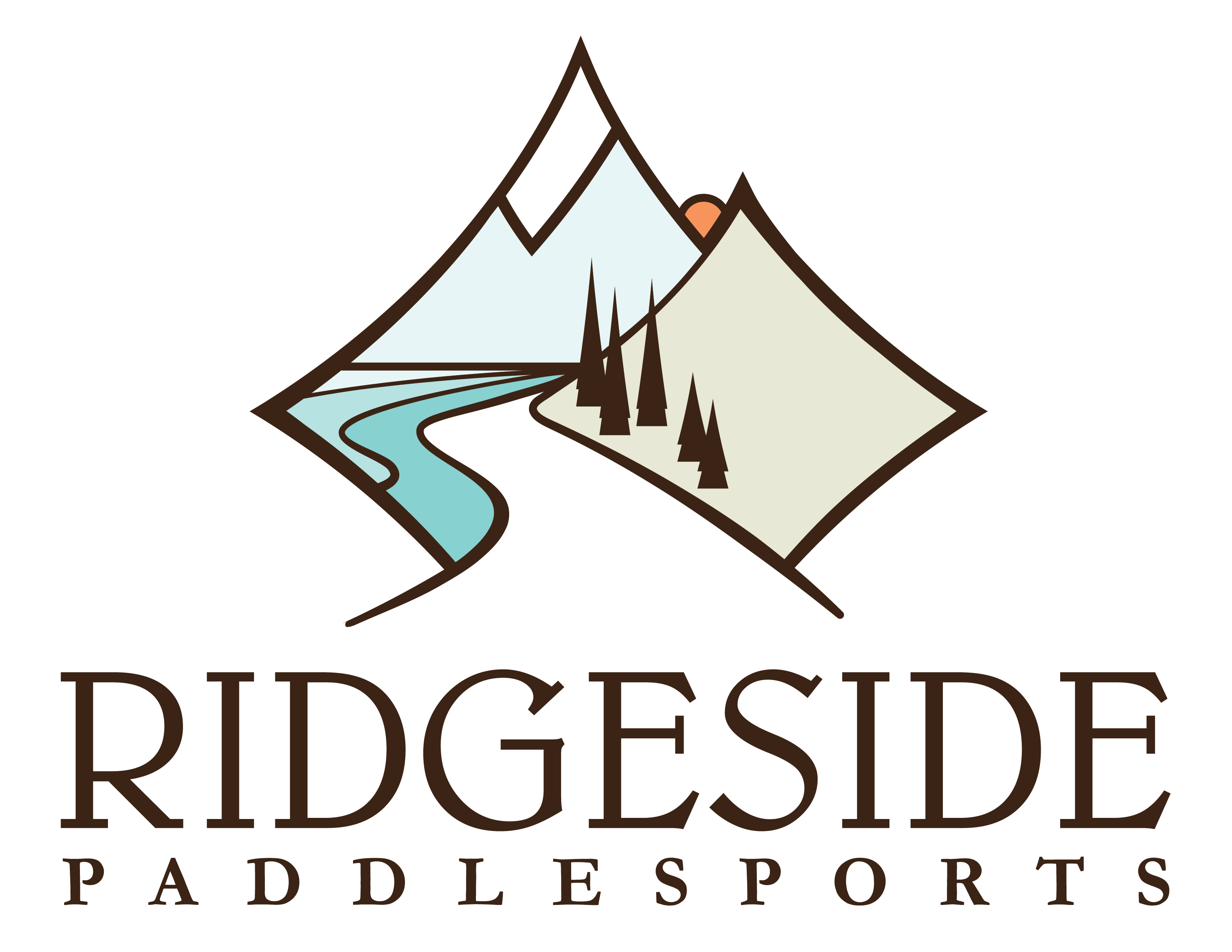The manufacturer of plastic canoe kayak tells you that in recent years, with the vigorous promotion of the country and the improvement of living standards, kayaking has gradually entered the public’s field of vision. Most people are no longer unfamiliar with kayak, but they know the skills of kayak There are not many, and there are even misunderstandings.

Although we often speak of kayaking, kayaking and rowing are two different disciplines. The difference is that in rowing, athletes kneel on one knee and paddle on one side; in kayak, athletes sit in the boat and paddle alternately left and right. In international competitions, there are only four distance competitions of 200 Metres, 500 Metres, 1000 meters and 5000 meters in kayaking, which are divided into still water and rapids.
For beginners, the first thing to do is to do the correct paddling action. Everyone always thinks that kayaking mainly relies on the strength of the hands and arms, but in reality these strengths only account for a part, and the core strength of the legs, waist and abdomen is also important. It is very important to rely on the strength of the whole body to row, and the close cooperation of all muscle groups in the body can complete high-quality rowing.
The paddling motion of kayaks and rowboats can be broken down into the following parts:
After the kayak enters the cabin, the upper body is upright and slightly leaned forward. Maoto a khumame ka tlhaho, mangole a ama mahlakore a lebota le ka hare a cabin, mme masoli a maoto a kena ka har'a mabatiko ka kamoreng. After the posture is correct, Sebelisa lesapo la mokokotlo joalo ka axis e bohareng ho tsitsisa mmele, keep the upper body on the central axis at all times, and do not shake from side to side. The plastic canoe kayak manufacturer tells you that in the process of paddling, the action of exerting force will be closely related to the left and right rotation of the body.
For kayaking, take paddling on the left side as an example. Hold the paddle with both hands, bend your right hand, and place your right hand in front of your forehead on the right. With the left hand slightly bent, the left paddle blade is fully inserted into the water. Lean your body forward slightly to better exert your body strength. Rotate the upper body to the right to allow the left arm to reach the bow as far as possible for a longer stroke. Ebe mesifa ea leoto e fana ka matla, leoto le letšehali le sutumelletsa pele, le sejana se ka letsohong le letšehali se sothehile ho le letšehali ka ho le letšehali ka matla a tsela. Then the crotch drives the entire lower back to twist, and the left shoulder drives the left arm to paddle backward. During the paddling process, the left arm always keeps the initial movement unchanged. When the paddle reaches the hip position, lift the paddle out of the water, and then Quickly switch to the right stroke. The sequence of body exertion during the whole paddling process is: legs → hips → waist → back → shoulders → arms are transmitted in sequence, and the upper body is always kept vertical except for left and right twists.
The paddling technique of rowing is to bend the upper body forward, slightly bend the upper arm, stretch the lower arm forward as much as possible, and straighten the upper arm forward so that the paddle and the water surface form an angle of 65-75° and quickly insert the paddle into the water. The plastic canoe kayak manufacturer tells you that the strength of the waist and shoulder and back muscles drives the arms to pull the oars, so that the boat can obtain the maximum forward force. The action of pulling the oar ends at the waist position, and at the same time, the lower wrist quickly turns inward to pull the oar, the elbow is outward, and the upper hand lifts the oar blade out of the water. After the paddle leaves the water, the upper arm slightly bends, the torso bends forward, and the lower arm moves from bending to straight swinging the paddle forward to complete the paddle pushing action, and the cycle repeats.
The plastic canoe kayak manufacturer tells you that when we hold the paddle, we must pay attention to the difference between the back and the front of the paddle. The side that is concave inward is called the force application side, and the other side is the back side. Some standard paddles have curved surfaces, and it is these curvatures that push the water that propels the kayak forward.
The distance between the two hands holding the paddle is also very important, which is roughly equivalent to the distance between the two elbows, and can be adjusted appropriately when paddling. If you grasp the appropriate distance, paddling will also save a lot of effort. If you want to speed up the kayak, you can increase the distance slightly. If you need to paddle longer, then we can reduce the distance appropriately.
The plastic canoe kayak manufacturer tells you not to change the position of your hand during the paddling process, because the hand is used to adjust the angle of motion of the paddle, so the angle should not be changed greatly, and it is not appropriate to hold the paddle with both hands too hard , otherwise it is easy to cause fatigue.



